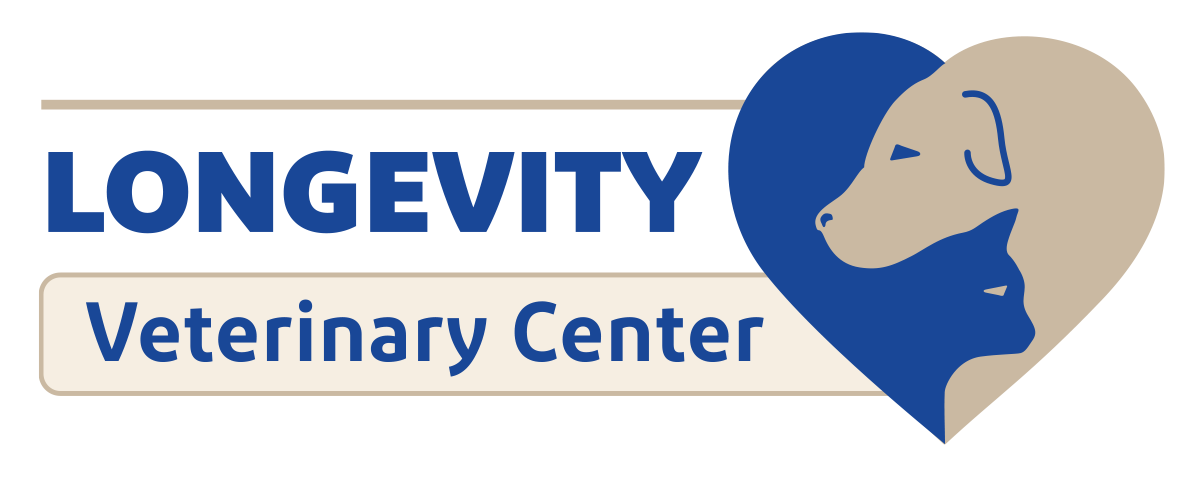6-24-20 NAD
Interview with Deandra
Have you ever wondered how to take care of your new puppy’s teeth? Are
you curious how to keep your cat’s mouth cleaned knowing they lick themselves
constantly while picking up dirt, dust and hair? Do you have an older pet and
you are too nervous sedating them for any sort of dental cleaning?
We at Holistic Pet Care hear these questions often and we are here to
offer you answers and alternatives. Every few months, we host a special
Non-Anesthetic Dental clinic, whom cleans your pets teeth without any sedation.
The veterinarian technician operating this business is Deandra! We’ve had a
chance to speak with Deandra to get some extra information on her backstory,
her travels and tips on proper teeth cleaning.
So, how have you
been handling the pandemic lately?
It’s been difficult
but I’m getting by. We weren’t making any trips during this time for general
safety. Now that things are opening up more, I’m staying a few extra days to
catch up on the months I wasn’t around.
How long have you been a veterinary technician?
About 14 years now. I started doing the NAD 2 years
ago.
How did you get started doing the NAD?
I always loved working with animals, especially doing
dentals. It feels so nice cleaning teeth. When I was offered a position to
focus on cleaning teeth, I took it.
What is the process for a dental cleaning, start to
finish?
First, I bring them into the exam room and wait for
them to settle down. I make them nice and calm by using a soft voice, gentle
movements to put the animals at ease. Next I curl them on my lap, holding them
close by wrapping 1 leg around them while keeping their head against me.
Depending on the patient, I use my tools to crack the harder chunks of tartar
off the teeth before using the ultrasonic cleaner, which is basically just a
scaler.
Some pets are better than others, so I have to change
my strategy often. Some animals are okay with the ultrasonic scaler while
another may hate it. It’s really a case by case basis.
Where do you travel with this business?
Mainly New Jersey, New York, Maryland and Ohio. I
mainly work at other holistic clinics. Everyone is so friendly and polite, but
things get busy really fast. I’ve learned to carry around a few snacks with me
since some days I may not get a chance to eat myself.
Do you do house calls?
No, we specifically only work in animal hospitals.
Is it just you doing this or are you part of a larger
group?
The practice is owned by someone else and we are
planning on expanding actually. We are looking to hire other techs so we can
grow the business, but right now it’s just me.
How do you determine whether the teeth are okay to be
cleaned or they need to be sedated?
I only handle periodontal disease (P.D) stages 1 and
2. When it gets to stages 3 and 4, then it needs extra stuff I don’t do.
Can you explain these stages?
PD Stage 1 and 2 are light to moderate tartar and
plaque growth. Enough to clean the mouth where things aren’t too broken or
damaged.
PD Stage 3 and 4
are where you get deeper problems like gingivitis, heavy gum damage and the
like. It leads to teeth extractions, radiographs, suturing, and that whole
process.
However, we do some
exceptions where say, an old dog comes in with really bad teeth. We aren’t
going to send them away because it’s too risky putting an old dog under. So
I’ll do what I can to clean the teeth and advise the owners there are some
other issues that I can’t get to.
How many pets do
you usually see in 1 day?
That depends on the
location. Some places will have me seeing patients every 15 minutes for an 8
hour day. On average, maybe 20-30 animals?
What types of
animals are easier to work on?
Bigger dogs are
usually easier than smaller dogs. Small dogs have tiny mouths, like to fuss
more and are good at picking things up. They have smaller mouths that fit 40
teeth, so if something gets stuck, it’s in there for a while. With big dogs,
they have a lot of space for those same 40 teeth.
The worst mouths
I’ve seen are with little dogs and greyhounds. Greyhounds are usually very lazy
so things just sit in their mouths without anyone noticing. Active dogs like
farm dogs have great teeth because they are actively chewing things which keeps
their teeth strong.
How do you
handle more aggressive animals?
I don’t. If the
animal isn’t willing to work with me than I’m not going to risk any injury
forcing it. I work with several sharp tools and if an animal is going to fight
me, I don’t want any accidents or injuries. It’s funny, sometimes clients will hand me
treats, telling me their pet behaves better with them. I have to remind them,
I’m trying to clean the teeth, giving them treats is counter-productive.
Do you have any
tips on how to keep pet’s teeth clean?
Honestly, the best
things I’ve seen work is where you use a sport or a really thick sock. Turn the
sock inside out and just wipe the pet’s teeth every day. No water, no tooth
paste or anything; just take an inside out thick sock, wipe down the teeth and
it really works!
The fibers on the
sock help pick out gunk on the teeth, it generally doesn’t have much taste to
it and it is easily washable.

